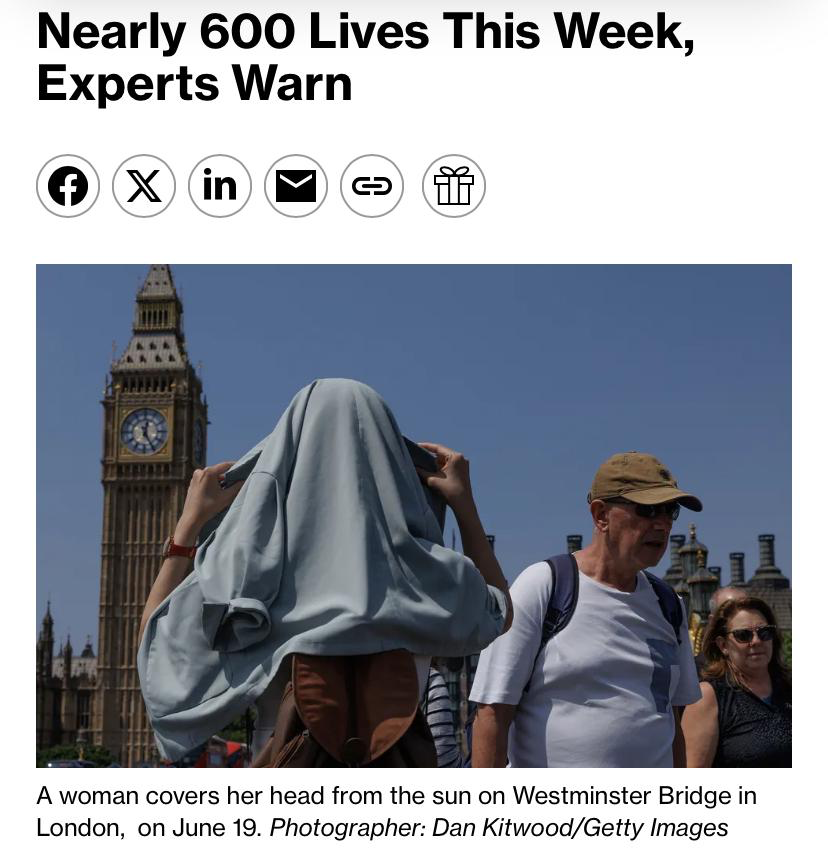1,658 New Firefighters Ready After Completing 28 Weeks of Training
1. Does the image accurately represent the headline’s message?
Yes. The accompanying image (from the original article) shows rows of uniformed recruits, likely taken during the passing-out ceremony. This aligns well with the headline, which announces the graduation of 1,658 new firefighters. The image underscores the scale and formality of the event.
2. What emotions does the image evoke?
The image evokes pride, optimism, and national confidence. Seeing a large group of uniformed young recruits standing in formation may also stir feelings of patriotism and discipline. There is no urgency or controversy; rather, it’s a celebration of public service.
3. Is the image manipulated or biased?
There’s no indication of manipulation. However, the image frames the story positively by showcasing discipline, order, and inclusivity (especially if both genders are visible). It does not show any challenges or criticisms, so the framing is definitely celebratory.
4. How does composition affect storytelling?
The composition—showing symmetry, uniforms, and possibly flags or national symbols—adds visual authority and ceremonial weight. Good lighting and wide angles help convey the scale and seriousness of the graduation event.
5. Does the image add depth to the story or simply reinforce the headline?
It mostly reinforces the headline but does so effectively. The image validates the number of recruits and the nature of the event. However, it doesn’t delve deeper into training conditions, personal stories, or the work ahead.
6. Would a different image change the reader’s perception of the news?
Yes. For example:
• A close-up of a female firefighter in gear could emphasize gender inclusion.
• Images from training exercises could shift focus toward the intensity or difficulty of the program.
• A group photo with government officials could highlight political involvement or endorsement.
7. How does the image compare to others covering the same story?
Other outlets may show:
• Action shots of firefighting demonstrations.
• Smiling families at the ceremony.
• Graduation awards being presented.
If the Daily Guide used a more static or formal image, it aligns with their editorial tone but may be less dynamic than some competitors’ visual coverage.
8. Is the image culturally or politically significant?
Yes. The inclusion of both male and female recruits, the national setting (Jamestown, Accra), and government involvement (mention of the Interior Minister) make it culturally relevant. It reflects a shift toward gender equity and state recognition of essential services.
Summary
The story is framed as a positive milestone for Ghana’s National Fire Service, and the image choice supports this narrative. While it may lack deeper emotional or investigative visual cues, it strongly aligns with the headline’s theme of achievement, discipline, and national service.
Would you like a visual comparison with similar stories or an infographic-style summary of this event?
By Hamdiya AbdulGaniyu


Good job
ReplyDelete